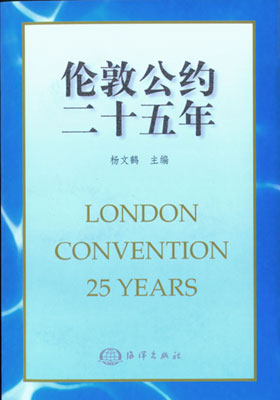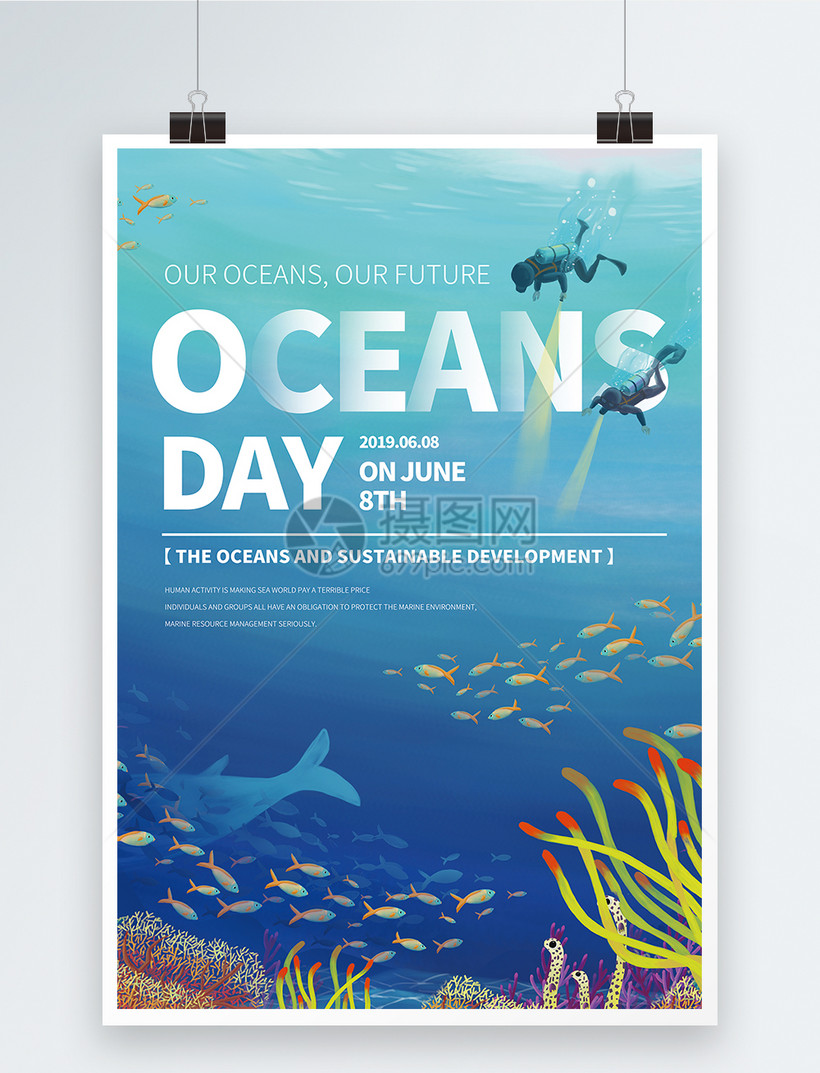London Convention and London Protocol
The London Convention and London Protocol establish the global rules and standards for preventing, reducing, and controlling pollution of the marine environment by dumping. The 1982 United Nations Convention on the Law of the Sea (LOSC),offsite link directs states to adopt laws and regulations on ocean dumping that are no less effective than the global rules and standards, that is, the London Convention and Protocol. Additionally, under Article 192 of LOSC, countries have a general obligation to protect and preserve the marine environment.
The London Protocol resulted from a comprehensive review of the London Convention undertaken in the early 1990s by Contracting Parties to the Convention. The London Protocol implements a precautionary approach that prohibits all dumping except those wastes or other matter described in Annex 1 of the Protocol. The London Protocol is a freestanding treaty that entered into force internationally in 2006 and is intended to ultimately replace the London Convention. The United States participated extensively in the Protocol’s development and signed the Protocol on March 31, 1998. The Protocol was submitted to the Senate for its advice and consent to ratification on September 4, 2007. Subsequently, the Senate Foreign Relations Committee favorably reported the Protocol with one understanding and two declarations, and as set forth in a report dated September 11, 2008, recommended the full Senate give its consent to ratification. That has yet to happen. The Bush Administration submitted proposed implementing legislation along with a section-by-section analysis in 2007. No action was taken on the proposed legislation.
The Parties to the London Convention and Protocol meet jointly and have developed a number of guidance documents to support ocean dumping management, including carbon capture and storage. These resources include waste assessment guidanceoffsite link for Annex 1 wastes and other material, guidance on the placement of artificial reefsoffsite link, guidance on sub-seabed CO2 sequestration, circulars responsive to information requests, and technical references related to ocean disposal and marine environmental quality. These resources are available through IMO’s London Convention and Protocol web pageoffsite link.
In October 2013, the Contracting Parties to the London Protocol adopted an amendment (Resolution LP.4(8)) that provides a mechanism for authorizing ocean fertilization research and other marine geoengineering activities aimed at climate change mitigation. (“Marine Geoengineering” is defined at page 3 of Resolution LP.4(8).) Several inter-sessional working groups have developed guidance and procedures for identifying and listing eligible marine geoengineering activities in addition to ocean fertilization. The U.S. has worked with LP Parties seeking to establish formal mechanisms for consideration of marine geoengineering projects and to finalize a structure and procedures under which the LP Parties will seek the advice of independent scientific experts before listing marine geoengineering research activities that may be eligible for permitting.

Ocean Dumping Management in the United States
U.S. regulation of ocean dumping occurs through Title I of the Marine Protection, Research, and Sanctuaries Act (MPRSA), Title I is also known as the "Ocean Dumping Act." Title I outlines the U.S. regulatory scheme for ocean dumping. Specifically, the MPRSA regulates (1) the transportation of material by any person from the United States and, for U.S. vessels, aircraft, or agencies, the transportation of material from outside the United States when, in either case, that transportation is for the purpose of dumping the material into ocean waters, and (2) the dumping of material transported by any person from a location outside the United States, if the dumping occurs in the U.S. territorial sea or contiguous zone. 33 U.S.C. §1401. Ocean waters are defined in the MPRSA as those waters of the open seas lying seaward of the base line from which the territorial sea is measured, as provided for in the Convention on the Territorial Sea and the Contiguous Zone. 33 U.S.C. §1402. Certain materials, such as medical waste, sewage sludge and industrial waste my not be dumped in the ocean. 33 U.S.C. §§1412(a), 1414b. Permits for dredged material (currently the bulk of ocean-dumped material) are issued by the U.S. Army Corps of Engineers and for all other permitted material by EPA. Additional information on the Title I regulatory program is available on EPA’s ocean dumping website.
Title II of the MPRSA charged the Secretary of Commerce with monitoring and researching ocean dumping activities, which obligation has been delegated to NOAA, together with responsibility for conducting research on the possible long-term effects of pollution, overfishing, and man-induced changes in ocean ecosystems. 33 U.S.C. §§1441 et seq. These responsibilities shall include the scientific assessment of damages to the natural resources from spills of petroleum or petroleum products. 33 U.S.C. §§ 1441-43. In carrying out such research, the Secretary of Commerce shall take into account existing and proposed international policies affecting ocean problems. 33 U.S.C. § 1442(a). In addition, the Secretary of Commerce, under the foreign policy guidance of the President and pursuant to international agreements and treaties, may act in conjunction with any other nation or group of nations, and shall make known the results of his activities by such channels of communication as may appear appropriate. 33 U.S.C. § 1442(b).

- Eco-environmental Transferability environmental Protection Chineseeco-environmental transferability environmental eco-environmental environmental protection pollution transferability protection chinese measure eco-environmental transferability environmental environmentally environmental protect how can protection environmental agreements provisions emissions